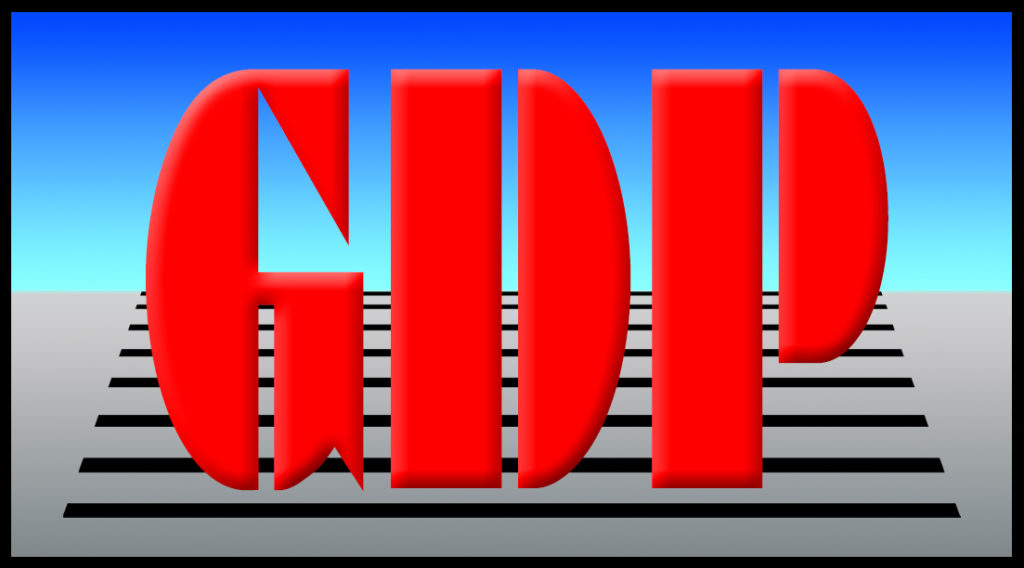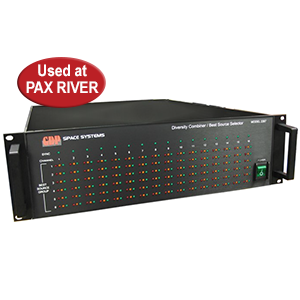Model 2267C Multi-Channel Correlating Best Source Selector
-
- Up to 16 channels per chassis
- Bit Rates 5 bps to 20 Mbps (40Mbps Opt)
- Accepts NRZ-L/M/S, BiØ-L/M/S, DM-M/S; MDM-M/S
- Randomizer/Derandomizer
- Frame Pattern Detector
- Input stream correlated in time
- Seamless stream switching on bit boundaries (down stream frame synchronizers maintain lock).
The GDP Model 2267C Correlating/ Diversity Combining Best Source Selector accepts up to sixteen input data streams. Each channel may be from digital data & clock or from Optional Ethernet Input packets.
Each channel is independently assigned to one of up to six Best Source output processing groups. The optimized digital design affords the highest performance characteristics. The standard unit accepts input streams to 40 Mbps.
The standard IRIG randomizer/derandomizer for both forward and reverse sequences is provided. The input data streams may be Encapsulated data as produced by GDP Encapsulating Bit Synchronizers such as the model 2265EC Bit Synchronizer, model 4426 Telemetry Receiver, devices that provide the RCC DQM/DQE encapsulation technique or pattern detector modes.
Best Source Selection of Non-Encrypted and Encrypted Data is based on Signal Quality as well as Weighted Majority Voting. The Best Source output is not only the Best Stream Source; but, also the best Bit Source.
The GDP Space Best Source Selector is an advanced, next generation implementation of best source selection based on signal/data quality. Since signal quality is used in the primary decision making process, the unit does not need to see a frame synchronization pattern; therefore, the data can be encrypted. Remotely located GDP Receivers and/or Bit Synchronizer Encapsulators or 3rd party systems that support RCC DQE/DQM provide signal quality information within the Encapsulated data stream, which is used in the best source decision process. Modes that do use the frame sync pattern for quality are also supported. The selected best source data is produced seamlessly at the bit level. The Best Source construction technique is so efficient that individual good bits are substituted for bits in error. As long as good bits exist in the applied sources, downstream frame / format synchronizers remain in lock.
Over 5 dB performance improvement is realizable.


